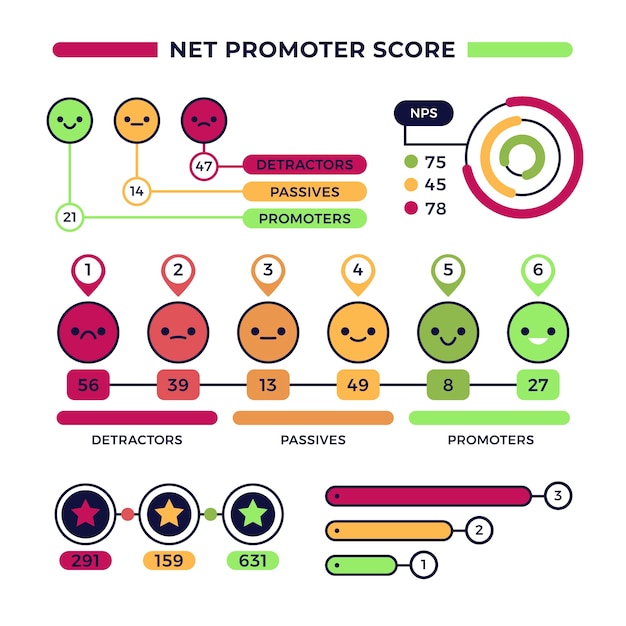
When it comes to expressing abilities or possibilities, using the words “can” and “can’t” is essential. These two words allow us to describe our capabilities and limitations. In this article, we will delve into the meanings and usage of “can” and “can’t” to help you understand how to correctly express what you can or cannot do.
Understanding “Can”
The word “can” is a modal verb used to indicate the ability or capacity to perform an action. It is commonly used to talk about skills, talents, and general capabilities. When using “can,” we are expressing that something is possible or allowed.
Let’s take a look at some examples:
| Subject | Verb | Object | Example |
|---|---|---|---|
| I | can | swim | I can swim. |
| She | can | speak | She can speak Spanish. |
| We | can | play | We can play the guitar. |
In the examples above, “can” is used to express the ability or capacity to perform the specified actions: swimming, speaking Spanish, and playing the guitar.
Understanding “Can’t”
On the other hand, “can’t” is the negative form of “can.” It is used to indicate the impossibility or lack of ability to perform an action. When using “can’t,” we are expressing that something is not possible or not allowed.
Let’s take a look at some examples:
| Subject | Verb | Object | Example |
|---|---|---|---|
| I | can’t | swim | I can’t swim. |
| He | can’t | cook | He can’t cook dinner tonight. |
| They | can’t | dance | They can’t dance well. |
In the examples above, “can’t” is used to express the inability or incapacity to perform the specified actions: swimming, cooking, and dancing.
Using “Can” and “Can’t” in Sentences
To use “can” or “can’t” correctly, it’s important to pay attention to the subject and the verb in the sentence. Here are some guidelines:
- When the subject is the first or third person singular (I, he, she, it), we use “can” and “can’t” directly before the verb.
- When the subject is the second person singular or any plural subject (you, we, they), we use “can” and “can’t” after the subject.
Here’s an example to illustrate the correct usage:
Incorrect: Can he not swim?
Correct: He can’t swim.
Incorrect: Can we swim?
Correct: We can swim.
By following these guidelines, you can ensure that you are using “can” and “can’t” correctly in your sentences.
Conclusion
Understanding the meanings and usage of “can” and “can’t” allows us to express our abilities and limitations accurately. “Can” indicates the ability or possibility of performing an action, while “can’t” indicates the inability or impossibility. By using these words correctly, you can effectively communicate what you can or cannot do in various situations.



